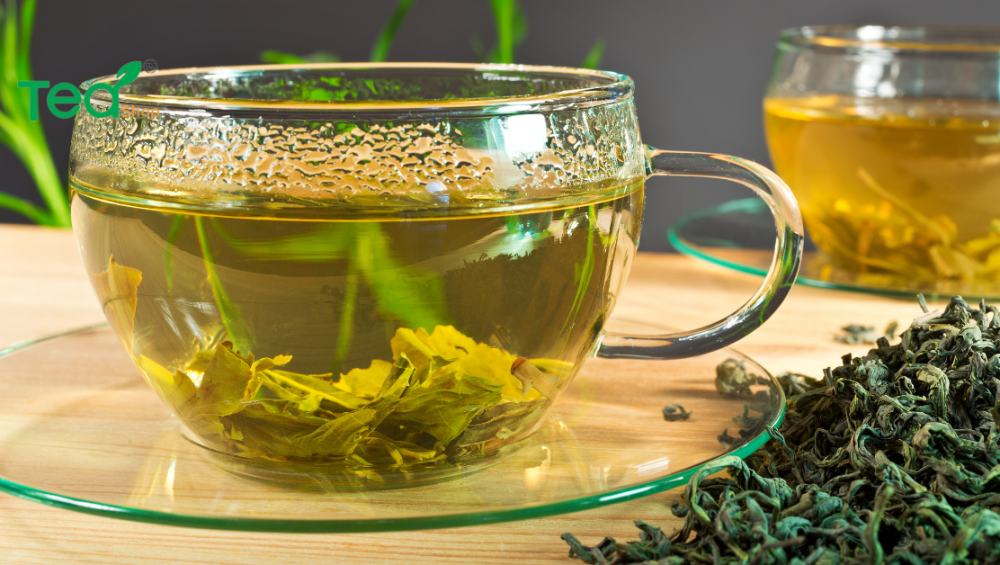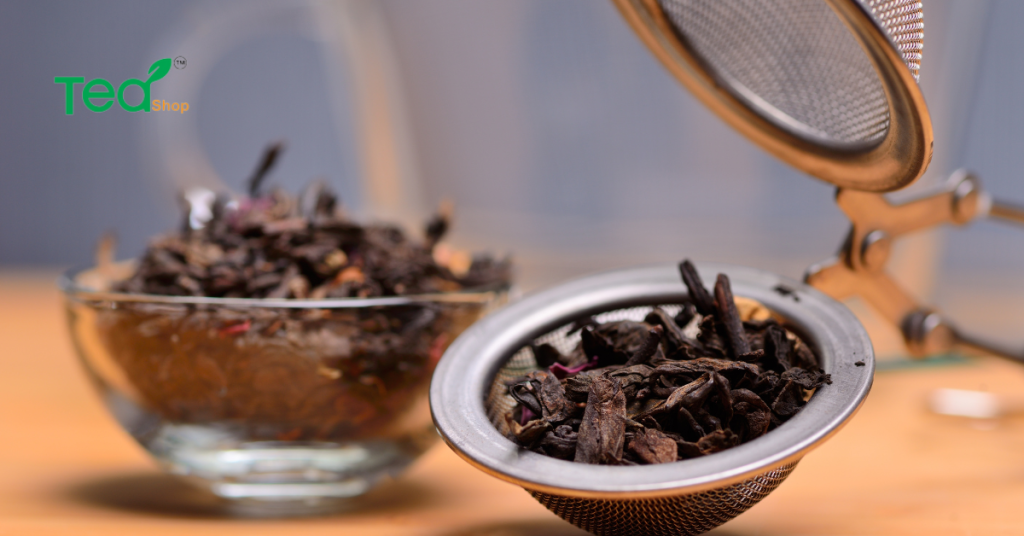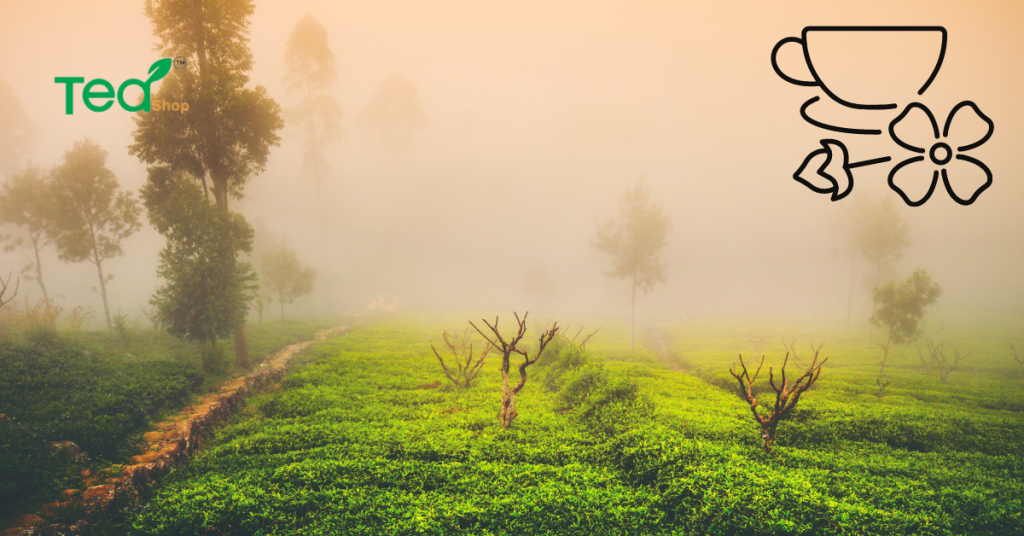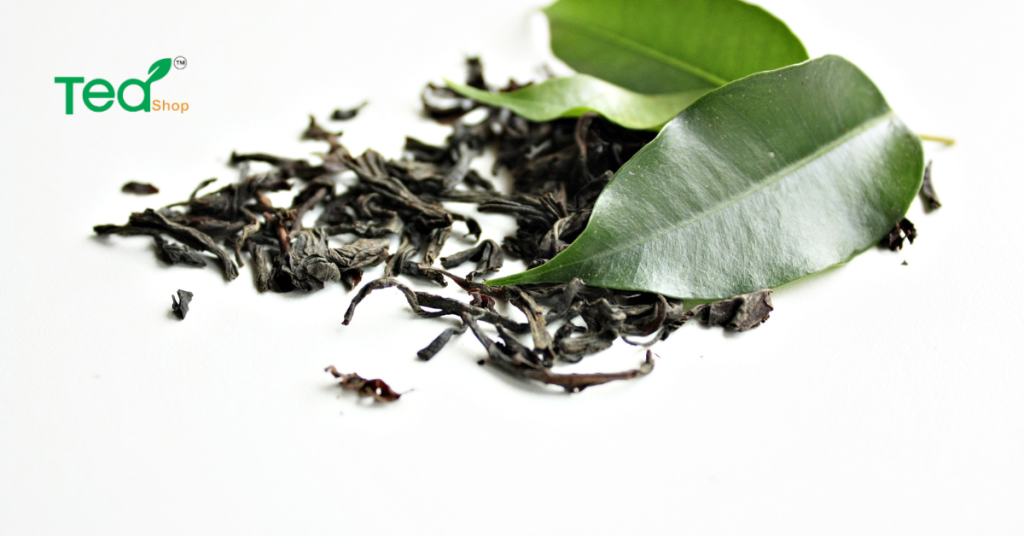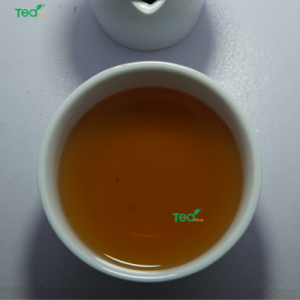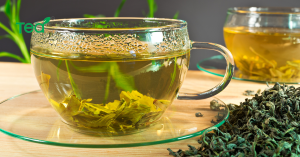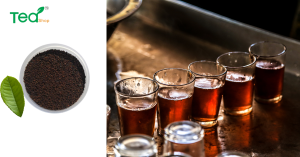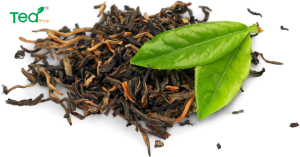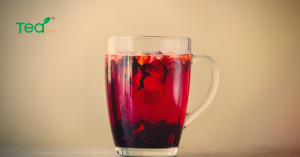Yellow Tea
Yellow tea is a type of tea that is grown and processed in China. It is made from the same Camellia sinensis plant as green, black, oolong, and white teas. The difference lies in the processing method, which results in a unique flavor profile that is milder and sweeter than green tea but slightly more robust than white tea.
Yellow tea is made by allowing the tea leaves to ferment for a longer period of time than green tea, which results in more oxidation. The oxidation process is then stopped by pan-firing the leaves, which gives them their yellow color. The leaves are then dried and sorted.
Yellow tea is known for its delicate and complex flavor profile, which can include notes of honey, flowers, and fruits. It is also prized for its high levels of antioxidants and other health benefits, which are thought to include reducing inflammation, boosting heart health, and improving digestion.
Yellow tea is a relatively rare type of tea, and it is not widely available outside of China. However, it is growing in popularity among tea enthusiasts, who appreciate its unique flavor and health benefits.
Yellow Tea Overview
Here is an overview of yellow tea:
- Origin: Yellow tea is mainly produced in China, in regions such as Hunan, Sichuan, and Hubei.
- Plant: Yellow tea is made from the Camellia sinensis plant, just like green, black, oolong, and white teas.
- Processing: Yellow tea is processed differently from other types of tea, with a longer oxidation period and a pan-firing step that gives it its yellow color.
- Flavor Profile: Yellow tea has a mild, sweet, and delicate flavor, with notes of honey, flowers, and fruits. It is considered to be between green and white tea in terms of flavor intensity.
- Health Benefits: Yellow tea is high in antioxidants and has other health benefits, including reducing inflammation, boosting heart health, and improving digestion.
- Availability: Yellow tea is a rare type of tea and is not widely available outside of China. However, its popularity is growing among tea enthusiasts.
- Brewing: Yellow tea should be brewed with water that is just off the boil and for a short period of time, typically 2-3 minutes, to avoid overbrewing and to preserve its delicate flavor.
Types Of Yellow Tea
Here are some of the most well-known types of yellow tea:
- Junshan Yinzhen: This is a premium yellow tea that is grown and processed in Junshan Island, in Hunan province, China. It is known for its delicate flavor, which is said to have a slightly smoky quality and its bright yellow color.
- Huoshan Huangya: This yellow tea is grown in the Huoshan region of Anhui province, China. It is characterized by its light yellow color and sweet, honey-like flavor.
- Meng Ding Huangya: This yellow tea is grown in the Meng Ding Mountains in Sichuan province, China. It is considered to be one of the most premium yellow teas and is known for its floral aroma and smooth, mellow flavor.
- Xinyang Mao Jian: This yellow tea is grown in the Xinyang region of Henan province, China. It is known for its light yellow color and delicate, sweet flavor.
- Huoshui Huangya: This yellow tea is grown in the Huoshui region of Hubei province, China. It is characterized by its light yellow color and mild, smooth flavor.
These are just a few examples of the types of yellow tea available. Each type of yellow tea has its unique flavor profile, depending on the growing region, processing methods, and other factors.
Yellow Tea In Bangladesh
Yellow tea is not widely grown or produced in Bangladesh. Bangladesh is known for producing black teas, which are the most popular type of tea in the country. Black tea is made from the same Camellia sinensis plant as yellow tea, but it is processed differently to result in a more robust and full-bodied flavor.
Tea cultivation is a significant industry in Bangladesh, with tea gardens located throughout the country, particularly in the Sylhet, Chittagong, and Rangpur divisions. However, yellow tea production is not common in Bangladesh and it is difficult to find yellow tea in the country.
If you are looking to try yellow tea, you may have better luck finding it in tea shops and specialty stores that focus on imported teas, or you can order it online from tea merchants that specialize in Chinese teas.
Benefits Of Yellow Tea
Yellow tea is believed to offer several health benefits, including:
- Antioxidants: Yellow tea is high in antioxidants, which are compounds that help protect the body against damage from harmful molecules called free radicals. Antioxidants play a role in preventing chronic diseases, such as heart disease and cancer, and in maintaining overall health.
- Anti-Inflammatory: Yellow tea has anti-inflammatory properties that may help reduce inflammation in the body. Inflammation has been linked to many chronic diseases, including heart disease, arthritis, and type 2 diabetes, so reducing inflammation may help lower the risk of these conditions.
- Boosts Heart Health: Some research suggests that the antioxidants in yellow tea may help improve heart health by reducing the risk of heart disease. In addition, the anti-inflammatory properties of yellow tea may also help reduce the risk of heart disease.
- Improves Digestion: Yellow tea has been traditionally used to improve digestion and alleviate digestive problems, such as bloating, constipation, and indigestion. It is believed to stimulate digestive enzymes, which helps improve digestion and nutrient absorption.
- Supports Weight Loss: Yellow tea contains compounds that may help increase metabolism and boost weight loss. However, more research is needed to fully understand the role of yellow tea in weight loss.
These are some of the health benefits associated with yellow tea. It’s important to keep in mind that the benefits of yellow tea are not scientifically proven and more research is needed to fully understand its effects. Additionally, yellow tea should be consumed in moderation as part of a balanced diet. As with any dietary supplement, it’s a good idea to consult with a healthcare professional before incorporating yellow tea into your diet.
Yellow Tea Side Effects
Yellow tea is generally considered safe when consumed in moderation. However, like any food or beverage, it can have side effects for some people. Here are some of the potential side effects of yellow tea:
- Caffeine Sensitivity: Yellow tea contains caffeine, which can cause side effects such as jitters, increased heart rate, and insomnia in some people. If you are sensitive to caffeine, it is best to limit your consumption of yellow tea or opt for a caffeine-free variety.
- Stomach Issues: Yellow tea, like any other tea, can cause digestive issues in some people, such as acid reflux, nausea, and abdominal discomfort. If you have a sensitive stomach, it is best to limit your consumption of yellow tea.
- Interactions with Medications: Yellow tea contains compounds that can interact with some medications, such as blood thinners and medications for high blood pressure. If you are taking any medications, it is best to consult with a healthcare professional before consuming yellow tea.
- Pregnancy and Nursing: Yellow tea contains caffeine, which can cross the placenta and affect the fetus. It is also present in breast milk, so it is best to limit or avoid yellow tea consumption during pregnancy and breastfeeding.
These are some of the potential side effects of yellow tea. If you experience any adverse effects after consuming yellow tea, it is best to stop using it and consult with a healthcare professional. It’s also important to keep in mind that yellow tea should be consumed in moderation as part of a balanced diet.
Yellow Tea Caffeine
Yellow tea does contain caffeine, a natural stimulant found in many plants, including the Camellia sinensis plant that is used to make tea. The amount of caffeine in yellow tea can vary depending on several factors, such as the type of yellow tea, the growing conditions, and the brewing method.
On average, a cup of yellow tea contains about 20-50 mg of caffeine. This is lower than the amount of caffeine in black tea, which typically contains around 50-75 mg of caffeine per cup, and much lower than the amount of caffeine in coffee, which can contain up to 200 mg of caffeine per cup.
It is important to keep in mind that individual tolerance to caffeine can vary, and some people may be more sensitive to its effects. If you are sensitive to caffeine or have any medical conditions that affect your tolerance to caffeine, it is best to limit your consumption of yellow tea or opt for a caffeine-free variety.
Yellow Tea Price In Bangladesh
The price of yellow tea in Bangladesh can vary depending on several factors, such as the quality of the tea, the brand, and the availability. Yellow tea is not widely produced or consumed in Bangladesh, and it may be difficult to find in the country.
If you are interested in purchasing yellow tea in Bangladesh, it is best to check with specialty tea shops or online retailers that specialize in imported teas. The price of yellow tea may be higher in Bangladesh compared to other countries due to the cost of importing it.
Remember that the availability of yellow tea may be limited, and it may be more expensive compared to other types of tea, such as black tea or green tea, which are more widely produced and consumed in Bangladesh. The exact price of yellow tea in Bangladesh will depend on the current market conditions and the specific type of yellow tea that you are interested in purchasing.
Yellow Tea Leaves
Yellow tea leaves are made from the Camellia sinensis plant, just like green tea, black tea, and oolong tea. The difference between yellow tea and other teas lies in the processing method. Yellow tea undergoes a unique process that results in a mild and slightly sweet flavor, with a yellowish color.
The processing of yellow tea typically involves several steps, including withering, steaming, rolling, and drying. The leaves are gently steamed for a shorter period compared to green tea, which helps to preserve delicate flavors and nutrients. After steaming, the leaves are rolled and dried to create a distinctive yellow color and a mild, sweet flavor.
Yellow tea leaves are typically large and slightly curled, with a smooth, silky texture. The flavor of yellow tea can vary depending on the type of yellow tea, the growing conditions, and the processing method. Some yellow teas have a nutty, floral flavor, while others may have a sweeter, more delicate taste.
When purchasing yellow tea, it is important to look for high-quality tea leaves that are free of any artificial flavors or additives. The leaves should have a fresh, green color, and should have a clean, pleasant aroma. High-quality yellow tea leaves will have a mild, sweet flavor, with no bitterness or astringency.
Yellow Tea Characteristics
Yellow tea is a type of tea that is known for its unique flavor, aroma, and appearance. Here are some of the characteristics of yellow tea:
- Flavor: Yellow tea is known for its mild, sweet, and slightly nutty flavor, with a smooth, delicate finish. The flavor of yellow tea is often described as being between green tea and black tea, with a subtle sweetness that sets it apart from other teas.
- Aroma: Yellow tea has a fresh, delicate aroma, with notes of floral, nutty, and sweet scents. The aroma of yellow tea is often described as being more delicate compared to other teas, such as green tea or black tea.
- Color: Yellow tea gets its name from the yellowish color of the tea liquor, which is produced when the tea leaves are brewed. The color of yellow tea can range from a pale yellow to a more golden hue, depending on the type of yellow tea and the brewing method.
- Caffeine Content: Yellow tea contains caffeine, which is a natural stimulant found in many plants, including the Camellia sinensis plant that is used to make tea. The amount of caffeine in yellow tea is typically lower compared to black tea or coffee, but higher compared to green tea.
- Antioxidants: Yellow tea is rich in antioxidants, which are compounds that help to protect the body from damage caused by free radicals. Antioxidants in yellow tea have been shown to have a range of health benefits, including reducing the risk of chronic diseases and improving overall health and well-being.
These are some of the main characteristics of yellow tea. The flavor, aroma, and color of yellow tea can vary depending on the type of yellow tea, the growing conditions, and the processing method. Regardless of the specific type of yellow tea, all yellow teas are known for their unique and delicate flavors, aromas, and appearances.


